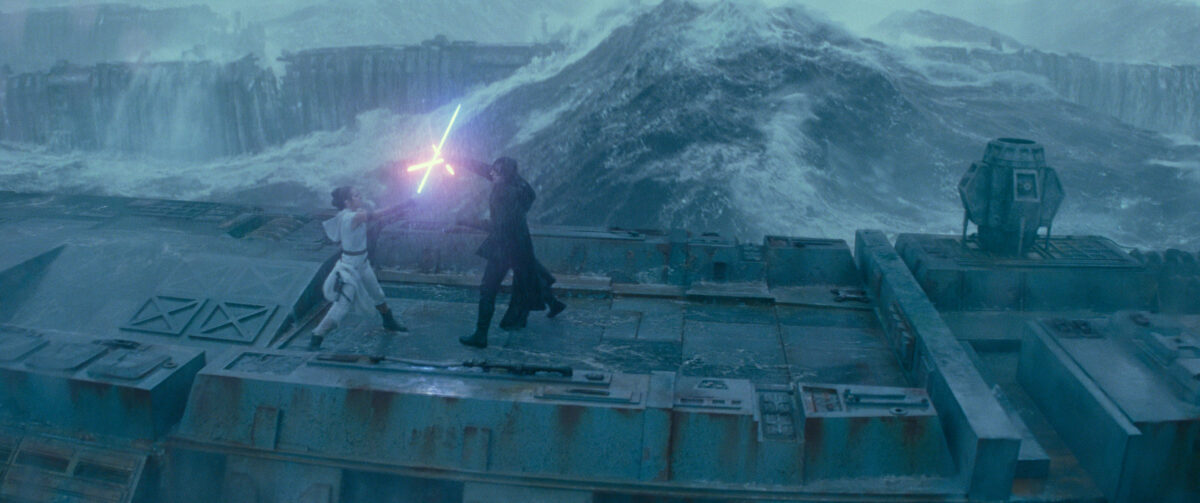Avatar Frontiers of Pandora creative director Magnus Jansen tells GLHF how he and his team approached designing a new, unique Avatar world
[anyclip-media thumbnail=”undefined” playlistId=”undefined” content=”PHNjcmlwdCBzcmM9Imh0dHBzOi8vcGxheWVyLnBvcHRvay5jb20vYW55Y2xpcC13aWRnZXQvbHJlLXdpZGdldC9wcm9kL3YxL3NyYy9scmUuanMiIGRhdGEtYXI9IjE2OjkiIHB1Ym5hbWU9IjE5OTgiIHdpZGdldG5hbWU9IjAwMTZNMDAwMDJVMEIxa1FBRl9NODMzNSI+Cjwvc2NyaXB0Pg==”][/anyclip-media]
Building a game from a movie license comes with risks. Some of the worst video games of the ‘90s and 2000s sprouted from poorly considered tie-ins, where the team or maybe the license holder couldn’t decide whether the final product should be a game or a playable movie that rehashed what everyone already knew. The risk is even bigger if you’re Ubisoft and Massive Entertainment, working with the Avatar license on Frontiers of Pandora and hoping to create something ambitious with a premise that’s much different than the James Cameron Avatar. However, Pandora‘s creative director Magnus Jansen tells GLHF his team had a stroke of luck right from the first meeting with Cameron’s Lightstorm Entertainment production company.
“A game and a move movie are not the same thing,” Jansen says. “They shouldn’t be. When we met with Lightstorm [Entertainment] all those years ago, it was very clear that Lightstorm – thank God – didn’t want Frontiers of Pandora to be a linear movie game. They didn’t want to recreate the movie. They wanted the game to be everything that a game can be: to be interactive, for the player to have agency, for co-authorship between the player and the pre-authored narrative, and all of the stuff that makes a game a good game.”
Avatar surprised me during the Avatar preview event I attended with how alive and vibrant Pandora felt, and that was Massive’s intent. Jansen says the team starts from the bottom of the evolutionary chain with the fundamental elements of life. First comes the broad strokes of the environment, and then they figure out what grows there, what animals thrive, and how this ecology influences how humans – or Na’vi, in Avatar’s case – live.

Hansen tells me the Massive team took several research trips while deciding how Pandora should look, sound, and feel, including the United States’ Pacific Northwest region, though much of the material was in Massive’s own backyard. He says the inspiration for some of the regions I didn’t get to see in the preview –cooler coniferous zones with fungal labyrinths and carpets of white moss – come from the temperate Nordic forests of Sweden, some of which are just minutes away from Massive’s headquarters in Malmo.
With the environment in mind, Jansen said the designers start creating lifestyles, economies, and cultures. I didn’t get to see much of that culture firsthand, since the preview avoided putting me in contact with Pandora’s three Na’vi clans. However, the careful approach to creating an entire ecosystem shines through in how you handle item gathering.
Stockpiling resources is a mindless task you perform without even realizing it in games like The Witcher 3 or even Genshin Impact, but Massive did something different in Avatar. You walk away with better-quality materials if you take the time to interact with and extract them properly.
Jansen says turning the idea of eco-guardianship into a game was one of the most attractive prospects of working on Frontiers of Pandora.
“The inherent ethos of Avatar with sustainability and the relationship and respect you have for nature – this is a huge thing for me and the team, and it has been since the very beginning,” Jansen says. “ It’s changed the way that we do harvesting. When you pick your resources for food or crafing, and you want the best stuff, it’s about quality over quantity. Instead of going ‘hey, you have to pick 20 of these and make them into one new thing,’ it’s about finding the one you need and, by your knowledge of nature and being in tune with nature, getting the best quality.”

That often means venturing off the main path and taking time to find the right items, but Jansen says the team isn’t adding friction. If you don’t want to engage with crafting or harvesting, you can complete the story without ever touching it. You just won’t get the best upgrades and weapons.
“One of the things I’m super happy about is that we have made a world that’s beautiful and dangerous, but it’s not aggressive. And there’s a difference there because it’s not trying to eat you or anything. If you just want to sort of stop and smell the roses – I don’t think we actually have any roses – but you can. It’s really a nature experience.”
It’s also not what I and most people expected. After the Ubisoft Forward showcase in June 2023, many – myself included – thought Pandora resembled Far Cry with an Avatar makeover. That’s partly unavoidable. Ubisoft kept quiet about the project, sharing hardly any new details since that initial reveal, which Jansen says is ideal. He wants players to enter Pandora like the game’s heroine, completely unaware of what to expect and surrounded by new discoveries and possibilities on all sides. That goal guided every decision Jansen and his team made, even down to telling the story from a first-person perspective to give players a greater sense of “being there” and of Pandora’s scale.
“All of the creature designs, all of the things that we did, the variety, and the push to have so much – not just have the rainforests, but two more regions that are vastly different from each other, not just one clan, but three clans. “All of that is driven by this feeling that it is it’s a roller coaster, a journey of pure joy and joyful discovery.”
Avatar: Frontiers of Pandora launches on Dec. 7, 2023, for PC, Xbox Series X|S, and PS5.
Written by Josh Broadwell on behalf of GLHF













